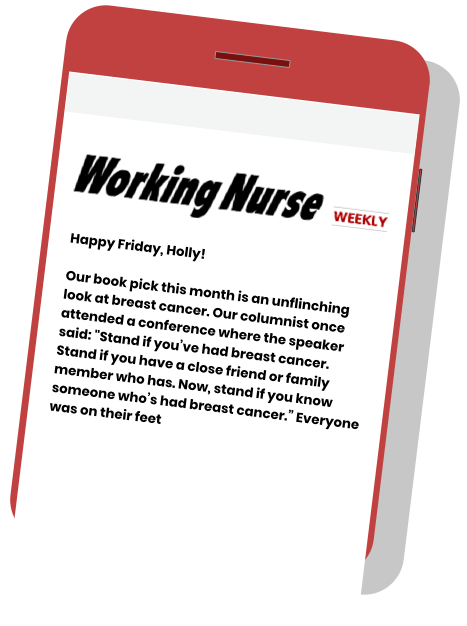CNO Roundtable 2021
The New Normal
Q: What changes that your hospital made in response to COVID-19 will remain in place?
Raye Burkhardt
Kaiser Permanente Fontana Medical Center
The pandemic has brought a heightened focus on infection control practices, which have long been part of hospital practice, but are now more closely monitored. Staff and managers have had positive feedback about the switch to virtual meetings, which allow frontline staff to be part of shared governance and leadership without having to add a commute to their already-grueling clinical schedules.
Lori Burnell
Valley Presbyterian Hospital
Our post-pandemic normal will likely include continued screenings to ensure that everyone who enters the hospital is wearing a medical-grade mask, is normothermic and has scrubbed their hands. Patients and staff will be required to keep their masks on unless it impedes their breathing or they are alone in a room, and unrestricted patient visiting hours will remain a thing of the past.
Our new normal may also include the purchase of an electronic hand-hygiene-monitoring system, whose cost will ultimately be offset by a reduction in hospital-acquired infections.
Karen A. Grimley
UCLA Health & UCLA School of Nursing
Technological changes have forever altered many traditional routines. In the past, I ran from meeting to meeting; now, I can join a meeting in a moment’s notice to acknowledge someone, weigh in on a decision or host a town hall. Technology has also given me better access to the nursing staff through virtual chats called “Conversations with Karen” that even allow for anonymous questions and comments.
I am certain that face-to-face meetings will resume, but isn’t it nice to know we have found other ways to keep in touch?
Katie Hughes
Casa Colina Hospital and Centers for Healthcare
Physically, we have seen the hospital footprint change to accommodate social distancing, including limiting the number of people in the breakrooms, repurposing nonclinical areas for occupational and physical therapy, and placing barriers in lobby and reception areas. I imagine many of these changes will remain in place for some time.
One change I hope will not last long is the temporary meeting area created for rehabilitation patients to visit with their loved ones.
Glenda Luce
Foothill Regional Medical Center
I am excited to see how the lessons learned during this time will affect our new normal. A few examples include testing all admissions, rapid turnaround on tests, and now vaccinations.



